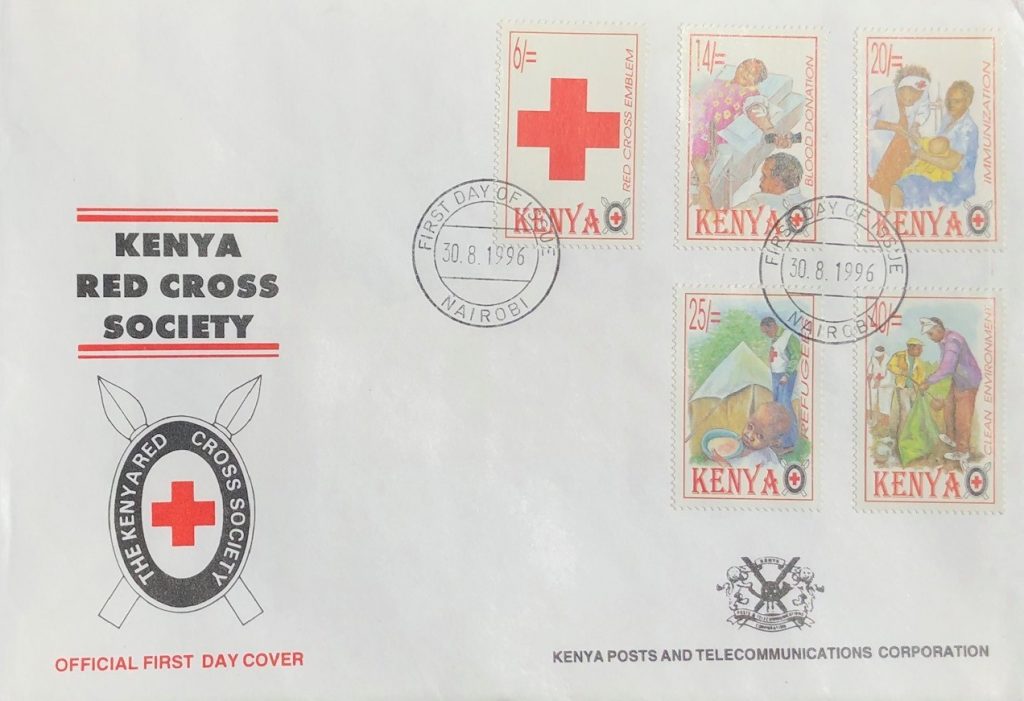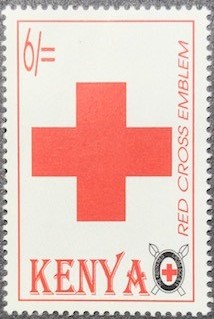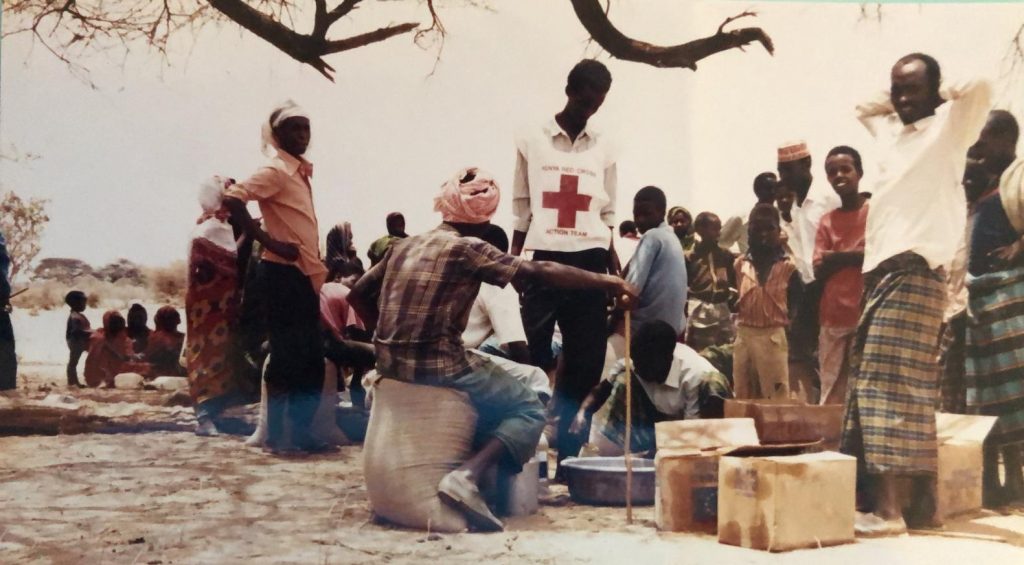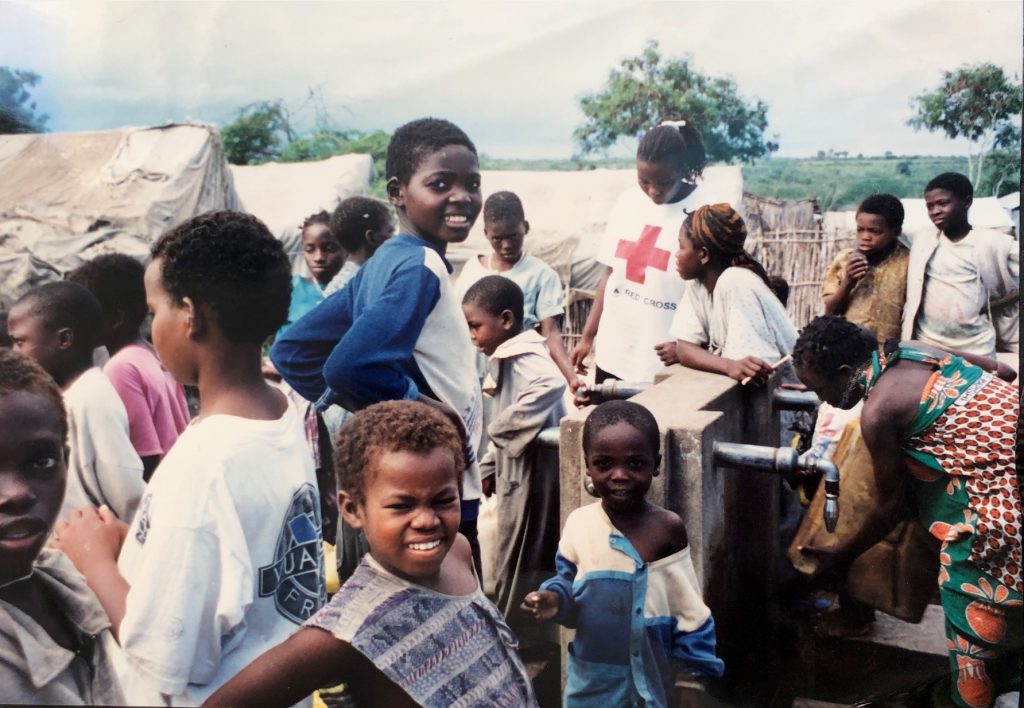
1996 Kenya Red Cross Stamp Series KENYA RED CROSS SOCIETY

Communication and Communication Corporation “Keeping in touch around the world”
The history
The history of the International Red Cross and the Red Crescent movement began on the morning of June 25, 1859. Swiss businessman Jean-Henri Dinan went on a trip to Italy and happened to witness the Battle of Solferino in northern Italy, which was fought between the French and the Italians and the Austrians. He saw thousands of wounded and dying people abandoned without help. He stayed eight days in Solferino and treated the wounded warriors on both sides. The suffering on the battlefield that he witnessed affected him so much that he made the alleviation of human misery the purpose of his life’s work. In a short time, in 1862, he published a book titled “Solferino’s Memory” – in which he recorded his observations. He suggested establishing associations of volunteers to aid the injured, and drafted an international convention for the protection of the wounded, prisoners of war, doctors and nurses. The book evoked strong emotions all over Europe.
Four members of his town joined his initiative and established in 1863 the first committee of the Red Cross. Dinan’s message inspired many other concerned humanitarians.
In 1864, a conference was held in Geneva with the participation of 12 countries that accepted the “First Geneva Convention”, which gave immunity to medical personnel and any citizen who reaches out to medical personnel, medical treatment and uniform marking of medical rescue teams, and led to the establishment of the National Red Cross and Red Crescent Societies of today.
Over the years, national Red Cross and Red Crescent organizations were established in various countries. Although the movement is international, each national Red Cross or Red Crescent organization is independent. In 1919, after the end of the First World War, the International Federation of Red Cross and Red Crescent Societies was established to coordinate between the national organizations and mobilize international aid for disaster situations.
Today, the International Red Cross and Red Crescent Movement is a global organization that works for the benefit of humanity. The three components of the movement are the International Committee of the Red Cross (ICRC) the International Federation of Red Cross and Red Crescent Societies plus the National Red Cross.
The issue of stamps is mainly intended to highlight some of the goals of the Red Cross in Kenya.
Objectives:
to provide voluntary aid to the sick and wounded during war, to non-combatants, to prisoners of war and to civilians suffering from the effects of war;
relieve victims of disasters or public calamities;
to continue to assist in the work to improve health, prevent disease and alleviate suffering throughout the world in time of peace or war;
to promote the Red Cross movement among the youth of all races;
To spread the ideals and humanitarian principles of the Red Cross, and to develop a sense of solidarity and mutual understanding among all peoples.

6 Kenyan shillings – Red Cross symbol
The symbol chosen for the organization is a red cross on a white background. It seems that the Christian tradition, according to which it is forbidden to harm people and buildings bearing the symbol of the cross, influenced the choice of the symbol as a symbol of hope and protection that reflects a sign of neutrality and humanitarian aid. Any misuse of this symbol, introduced by the Geneva Convention of 1864, is not only a violation of international law but also threatens the concept of protection of the symbol.
In the Russo-Turkish War, between 1876-1878, the Ottoman Empire marked its first aid teams with a red crescent, and symbolized it as a white crescent on a red background. In 1878, the symbol was recognized in principle by the Red Cross Committee, and was soon adopted in other Muslim countries.
In Kenya the symbol is defined in the national flag, in symbols in names and in law. Only the Red Cross and Red Crescent Societies, the International Committee of the Red Cross (ICRC), the International Federation of Red Cross and Red Crescent Societies (IFRC) and the medical and religious units of the armed forces are authorized to use the emblem. It is illegal for other institutions to use it for commercial or any other purpose.

14 Kenyan shillings – blood donation
The program is designed to meet the needs of the general public in terms of safe blood supply and preventive measures for the community that may lead to blood transfusion. The Red Cross Blood Donor Programs in Kenya is targeting school youth as one of the largest potential blood donation sources in the country. Through the programs, the association is also engaged in providing promotional materials to recruit blood donors and regular coordination of blood donation during special events and is in contact with the Ministry of Health.

20 Kenyan shillings – vaccination
Through the vaccination campaign, children under the age of five are vaccinated against tuberculosis, tetanus, whooping cough, measles, polio, diphtheria. Basic health services are promoted among communities through environmental means, safe water supply where springs have been restored and wells established, child care, family planning, health education, local treatment of diseases and training of community health workers.

25 Kenyan shillings – the refugees
The Red Cross Society in Kenya provides food, shelter and work to people fleeing other countries for security reasons. In this way, the company participates in the restoration of human dignity, and provides an atmosphere for the integration of the refugees physical, psychological, social, political, cultural and religious identity

40 Kenyan shillings – clean environment
The company tries to involve young people in and out of school in activities designed to help each other, with a greater emphasis on helping friends in their communities. One of the main areas in which the Red Cross youth are engaged is in “cleaner environment” projects. According to the needs in the community, young people organize cleaning campaigns in places such as: the markets, local pharmacies, hospitals and schools.
In recognition of the good work done by the Kenya Red Cross Society, as highlighted above, the Kenya Post and Communications Corporation is proud to issue a series of five stamps.


The Red Cross in action – a period photo

